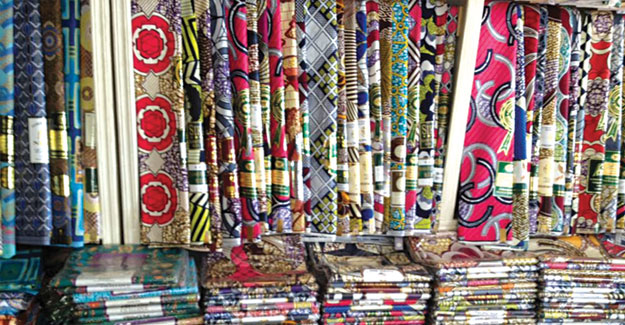
Selling Excess Textiles For Circular Economy
Textile manufacturers around the world are often stuck with excess fabric, because logistics, time and lack of visibility complicate things. From a designer point of view, current sourcing realities limit sourcing, inhibit creativity and innovation, thus affecting what they can produce for consumer needs around the globe. By developing a web platform that enables buyers to acquire left-over, in-stock textiles worldwide, Tengiva says it solves two major industry problems. First, it allows buyers to acquire textile in smaller quantities that help support specific stages or needs within the creative process: sampling, sizing sets, small productions or even custom orders. Then, there are textile manufacturers that end up with excess fabric. This textile isn't picked up by the original buyer, but it's still very useful for others. They just need to know it's available and easy to access. This represents new business for manufacturers that want to expand their reach. "In order to support the demanding sourcing goals of an important uniform company, I had to buy over four million metres of performance fabric per year. However, before investing in large amounts of a certain textile, there's a whole testing process you want to go through, in order to make smart choices. With textile, the current buying system forces you to buy substantial quantities and so, to respect budgets, you end up limiting your tests, you explore less and, ultimately innovation is constrained," said Annie Cyr, founder of Tengiva. Sourcing becomes smarter "I was working as a sourcing consultant for one of Quebec's talented fashion designers, Mary-Jo Dorval from Kid's Stuff, when I reconfirmed the need to bring Tengiva to life. Mary-Jo designs quality, grow with me clothing for children age 0-6, using ecological textiles whenever possible. Understandably, a children's private line requires a limited amount of fabric, and Mary-Jo just couldn't find what she was looking for, without having to overspend and buy way too much textile. Economically, this isn't feasible, and ends up limiting what she's able to create. And yet, the textile and quantities she needs, already most likely exist. We just needed to make them available." Tengiva connects buyers and sellers, helping manufacturers improve their bottom line and efficiently distribute textile, while giving buyers increased access to great products, without having to overspend. It's textile industry matchmaking and circular economics for better resource distribution and use. Additionally, the company educates buyers on textile types, advantages, features, limitations and much more. How it works Selected, pre-screened manufacturers feature their inventory on a micro-store that's designed to showcase their excess stock. Each supplier has his own store, under the Tengiva umbrella. Direct contact information is published, so future production orders can be processed directly with a supplier. The platform was designed specifically with industry insider knowledge, so it's easy to use and features relevant and necessary information that helps buyers make sound decisions. It will have simple dropdown menus and a user-friendly glossary. Buyers can browse by textile type, and also consult educational content that will further their knowledge of the available products and make buying smarter. The company is currently adding textile suppliers to the platform. Fabric will be available for purchasing before the new year.
Textile Excellence
If you wish to Subscribe to Textile Excellence Print Edition, kindly fill in the below form and we shall get back to you with details.








